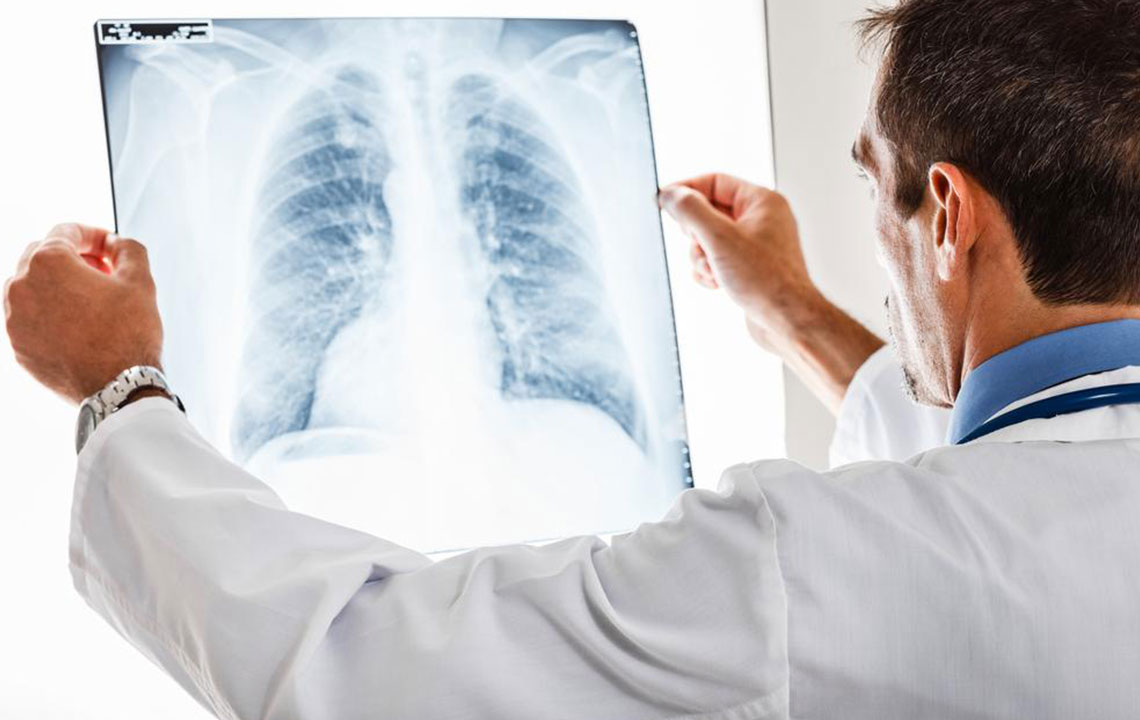Comprehensive Insights into the Causes of Pulmonary Hypertension and Its Impact on Health
Pulmonary hypertension is caused by various factors including substance abuse, heart failure, blood clots, liver conditions, infections, autoimmune diseases, and lung disorders. Accurate diagnosis and understanding of these causes are vital for effective management. Early detection and targeted treatment strategies can significantly improve patient outcomes and quality of life by addressing the root causes and preventing disease progression.

Understanding the Causes of Pulmonary Hypertension and Its Implications
Pulmonary hypertension (PH) is a complex and potentially life-threatening condition characterized by elevated blood pressure within the arteries of the lungs. Under normal circumstances, blood flows seamlessly through the pulmonary vessels, facilitating oxygen exchange essential for bodily functions. However, various pathological factors can disrupt this process, leading to increased pressure that strains the cardiovascular system and impairs lung function. Recognizing the diverse causes of pulmonary hypertension is vital for early diagnosis, effective management, and improving patient outcomes. This comprehensive overview explores the primary and secondary causes of PH, shedding light on their mechanisms and the importance of targeted treatment.
Understanding the root causes of pulmonary hypertension helps in tailoring intervention strategies. These causes can be broadly classified into different categories, including substance abuse, heart failure, blood clots, liver conditions, infections, autoimmune diseases, lung disorders, and other health conditions. Each factor contributes uniquely to the development of elevated pulmonary artery pressures, emphasizing the need for personalized diagnosis and treatment plans.
Primary Causes and Risk Factors of Pulmonary Hypertension
The primary contributors to pulmonary hypertension encompass a wide range of health issues, lifestyle choices, and genetic predispositions. Recognizing these causes can help in prevention and early intervention:
Substance Abuse: The recreational use of illicit drugs such as cocaine, methamphetamine, or amphetamines has been linked to direct damage of the pulmonary blood vessels. These substances can cause vasoconstriction and promote vascular remodeling, ultimately leading to increased pulmonary artery pressures. Substance abuse not only precipitates PH but also complicates its management, requiring comprehensive behavioral and medical interventions.
Heart Failure: Conditions like congestive heart failure or left-sided heart diseases can cause blood to back up into the pulmonary circulation. This increased volume and pressure reflected back into the lungs elevate pulmonary artery pressure, thereby contributing to PH development. Managing underlying cardiac conditions is critical to reducing pulmonary hypertension related to heart failure.
Blood Clots (Pulmonary Embolism): Recurrent or unresolved blood clots in the lungs obstruct normal blood flow, increasing pressure within the pulmonary arteries. Chronic thromboembolic pulmonary hypertension (CTEPH) is a specific form of PH caused by persistent clots, which may require surgical intervention or anticoagulant therapy. Blood clot prevention and treatment are vital aspects of pulmonary hypertension management.
Secondary Causes and Contributing Conditions
Beyond primary causes, numerous secondary factors and health conditions can precipitate or exacerbate pulmonary hypertension. Identification of these is crucial for comprehensive treatment:
Liver Conditions: Chronic liver diseases, particularly cirrhosis, can lead to portal hypertension, which may secondary affect pulmonary arteries through complex vascular mechanisms, resulting in pulmonary hypertension. Managing liver health and its complications plays a significant role in controlling PH progression.
HIV Infection: Human Immunodeficiency Virus (HIV) patients are at increased risk of developing pulmonary hypertension, possibly due to HIV-associated vasculopathy, immune dysregulation, and opportunistic infections. Regular screening and targeted therapies can improve quality of life for affected individuals.
Autoimmune Diseases: Conditions such as systemic lupus erythematosus, rheumatoid arthritis, and scleroderma involve immune system dysregulation that can damage pulmonary vessels, leading to elevated pulmonary arterial pressure. Immunosuppressive therapies and careful disease management are critical to preventing or reducing PH in these patients.
Lung Disorders: Chronic respiratory diseases including emphysema, chronic bronchitis, pulmonary fibrosis, and other interstitial lung diseases cause structural changes and inflammation in lung tissues. These alterations increase vascular resistance, contributing to PH. Treatment strategies often include managing the primary lung condition and supplemental oxygen therapy.
Additional Contributing Factors: Sleep apnea causes intermittent hypoxia and vasoconstriction of pulmonary arteries, raising pressure over time. Congenital heart defects such as septal defects or abnormal circulatory pathways can also lead to early-onset pulmonary hypertension, especially in pediatric populations.
Implications and Importance of Early Diagnosis
Understanding the multifaceted causes of pulmonary hypertension underscores the importance of early detection and comprehensive care. Since PH often presents with nonspecific symptoms such as fatigue, shortness of breath, and chest discomfort, timely diagnosis through echocardiography, right heart catheterization, and laboratory tests is crucial. Identifying the exact cause enables clinicians to tailor treatments effectively, which may include medications like vasodilators, anticoagulants, or therapies aimed at managing underlying diseases. Lifestyle modifications, oxygen therapy, and surgical options like pulmonary thromboendarterectomy might also be considered depending on the specific etiology.
In conclusion, pulmonary hypertension is a complex condition with a wide array of potential causes, each influencing the course and management of the disease. Advances in diagnostic techniques and targeted therapies continue to improve prognosis, emphasizing the need for heightened awareness and proactive healthcare strategies. Patients and healthcare providers must work collaboratively to identify risk factors early, initiate appropriate interventions, and improve overall quality of life for those affected by this challenging disease.





